Is It Dangerous to Fly With a Month-old Baby Because of the Flu
Spanish influenza: The deadliest pandemic in history
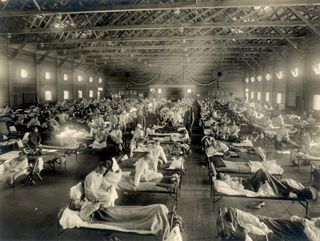
In 1918, a strain of influenza known as Spanish flu acquired a global pandemic, spreading rapidly and killing indiscriminately. Young, old, sick and otherwise-good for you people all became infected, and at least 10% of patients died.
Estimates vary on the exact number of deaths caused past the disease, but it is idea to accept infected a tertiary of the world's population and killed at least l million people, making information technology the deadliest pandemic in mod history. Although at the time it gained the nickname "Spanish flu," information technology's unlikely that the virus originated in Espana.
Related: What was the Blackness Expiry?
What caused the Spanish flu?
The outbreak began in 1918, during the final months of World State of war I, and historians now believe that the conflict may have been partly responsible for spreading the virus. On the Western Front, soldiers living in cramped, muddied and damp conditions became ill. This was a straight upshot of weakened allowed systems from malnourishment. Their illnesses, which were known every bit "la grippe," were infectious, and spread among the ranks. Within around three days of condign sick, many soldiers would start to feel better, but not all would brand information technology.
During the summertime of 1918, as troops began to render home on go out, they brought with them the undetected virus that had made them ill. The virus spread across cities, towns and villages in the soldiers' home countries. Many of those infected, both soldiers and civilians, did non recover speedily. The virus was hardest on young adults betwixt the ages of 20 and xxx who had previously been healthy.
In 2014, a new theory about the origins of the virus suggested that it kickoff emerged in Red china, National Geographic reported. Previously undiscovered records linked the flu to the transportation of Chinese laborers, the Chinese Labour Corps, beyond Canada in 1917 and 1918. The laborers were mostly farm workers from remote parts of rural China, co-ordinate to Mark Humphries' book "The Last Plague" (University of Toronto Printing, 2013). They spent six days in sealed train containers as they were transported across the country earlier continuing to France. There, they were required to dig trenches, unload trains, lay tracks, build roads and repair damaged tanks. In all, over ninety,000 workers were mobilized to the Western Front.
Humphries explains that in i count of 25,000 Chinese laborers in 1918, some three,000 ended their Canadian journey in medical quarantine. At the time, because of racial stereotypes, their illness was blamed on "Chinese laziness" and Canadian doctors did not take the workers' symptoms seriously. By the time the laborers arrived in northern France in early on 1918, many were sick, and hundreds were soon dying.
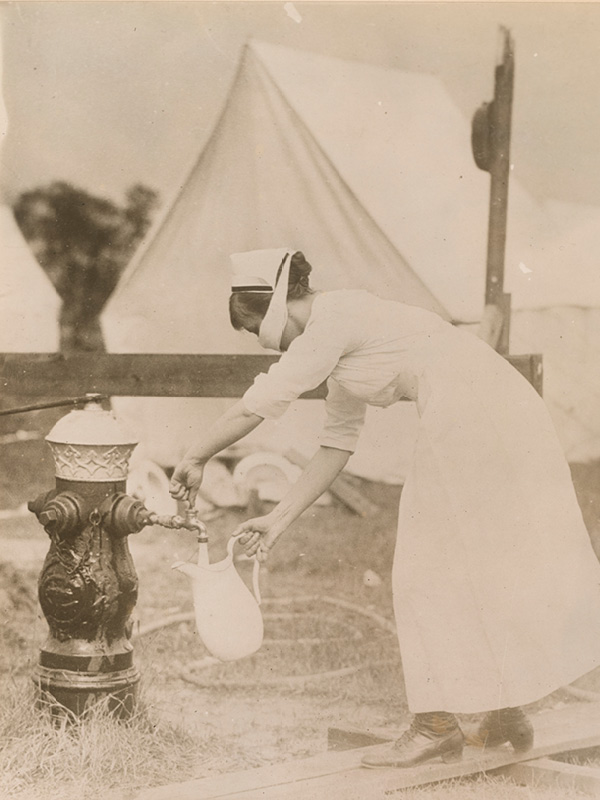
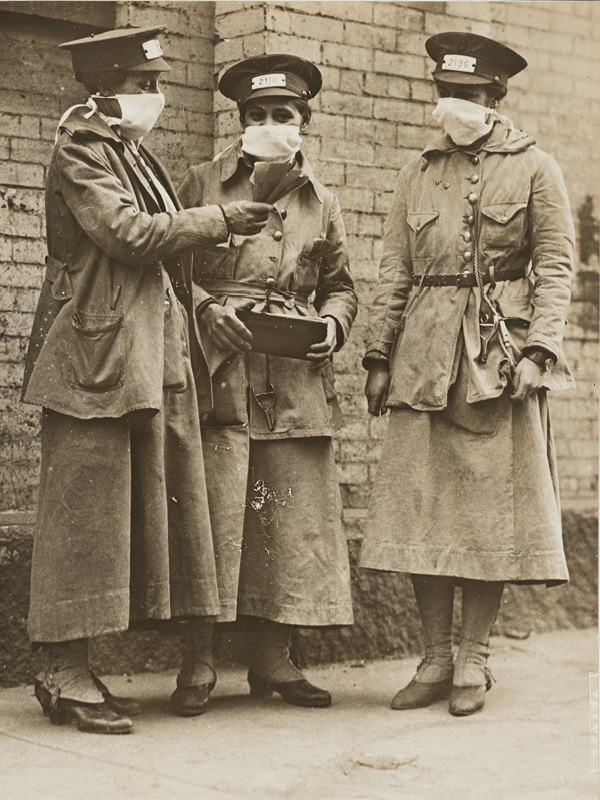
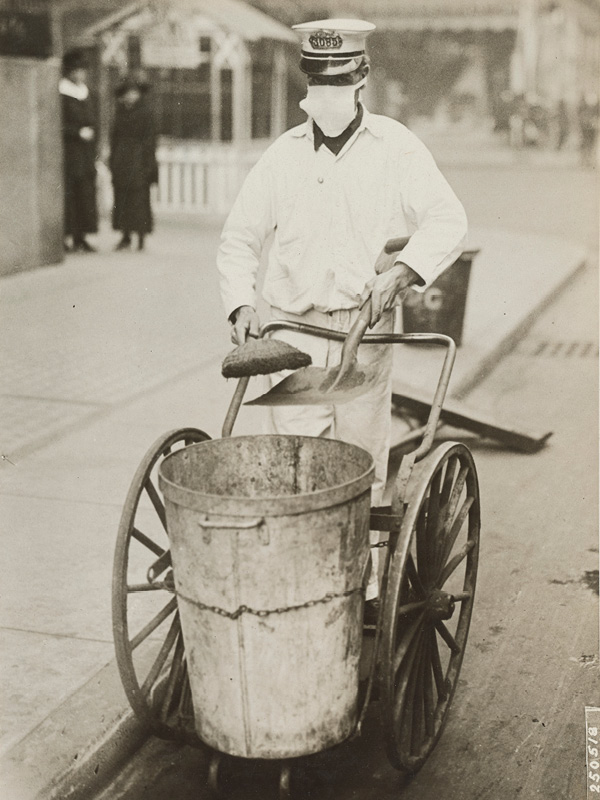
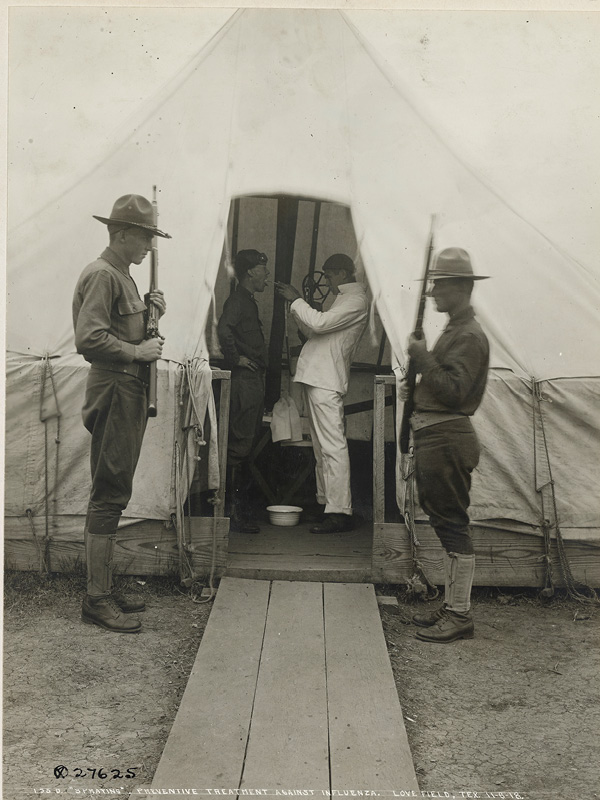
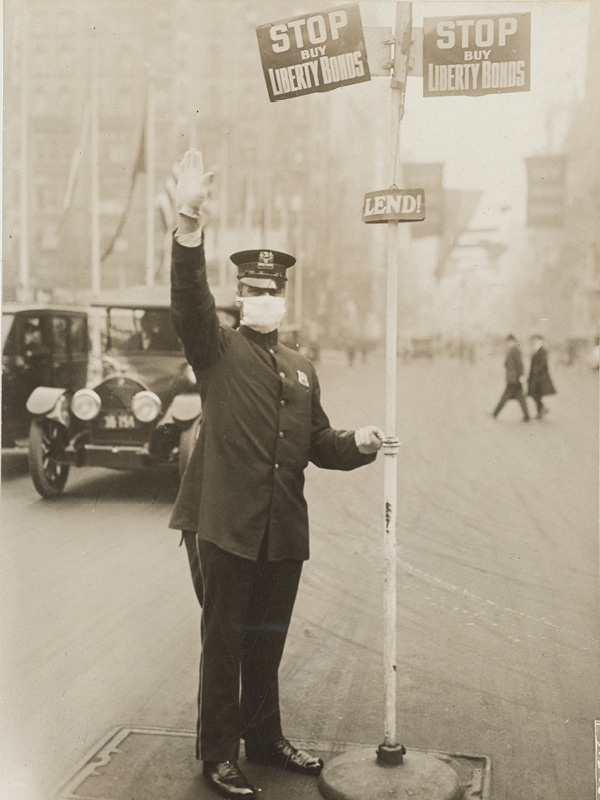
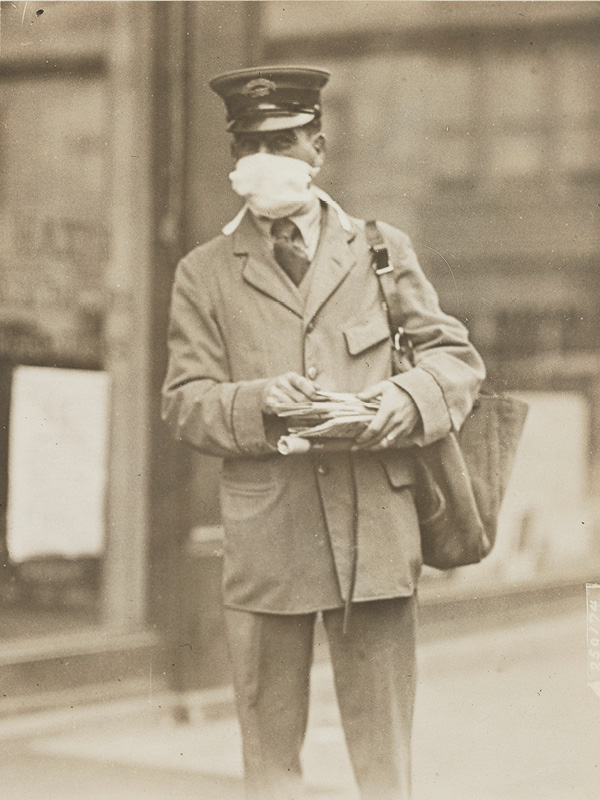
Why was information technology called the Castilian flu?
Spain was one of the earliest countries where the epidemic was identified, but historians believe this was likely a result of wartime censorship. Spain was a neutral nation during the war and did non enforce strict censorship of its press, which could therefore freely publish early accounts of the disease. As a upshot, people falsely believed the illness was specific to Kingdom of spain, and the name "Spanish flu" stuck.
Even in late Spring 1918, a Spanish news service sent discussion to Reuters' London office informing the news agency that "a foreign form of disease of epidemic character has appeared in Madrid. The epidemic is of a balmy nature, no deaths having been reported," according to Henry Davies' book "The Castilian Flu," (Henry Holt & Co., 2000). Within two weeks of the report, more than 100,000 people had become infected with the flu.
Related: Globe War I: The science of communications
The illness struck the male monarch of Spain, Alfonso 13, along with leading politicians. Between 30% and forty% of people who worked or lived in confined areas, such as schools, billet and government buildings, became infected. Service on the Madrid tram system had to exist reduced, and the telegraph service was disturbed, in both cases because in that location were not enough healthy employees available to work. Medical supplies and services couldn't keep up with demand.
The term "Spanish influenza" rapidly took hold in Uk. According to Niall Johnson'southward book "Britain and the 1918-nineteen Flu Pandemic" (Routledge, 2006), the British press blamed the influenza epidemic in Spain on the Spanish weather: "… the dry, windy Spanish jump is an unpleasant and unhealthy flavor," read ane commodity in The Times. It was suggested that microbe-laden dust was being spread by the loftier winds in Spain, meaning that United kingdom of great britain and northern ireland'south wet climate might stop the flu from spreading at that place.
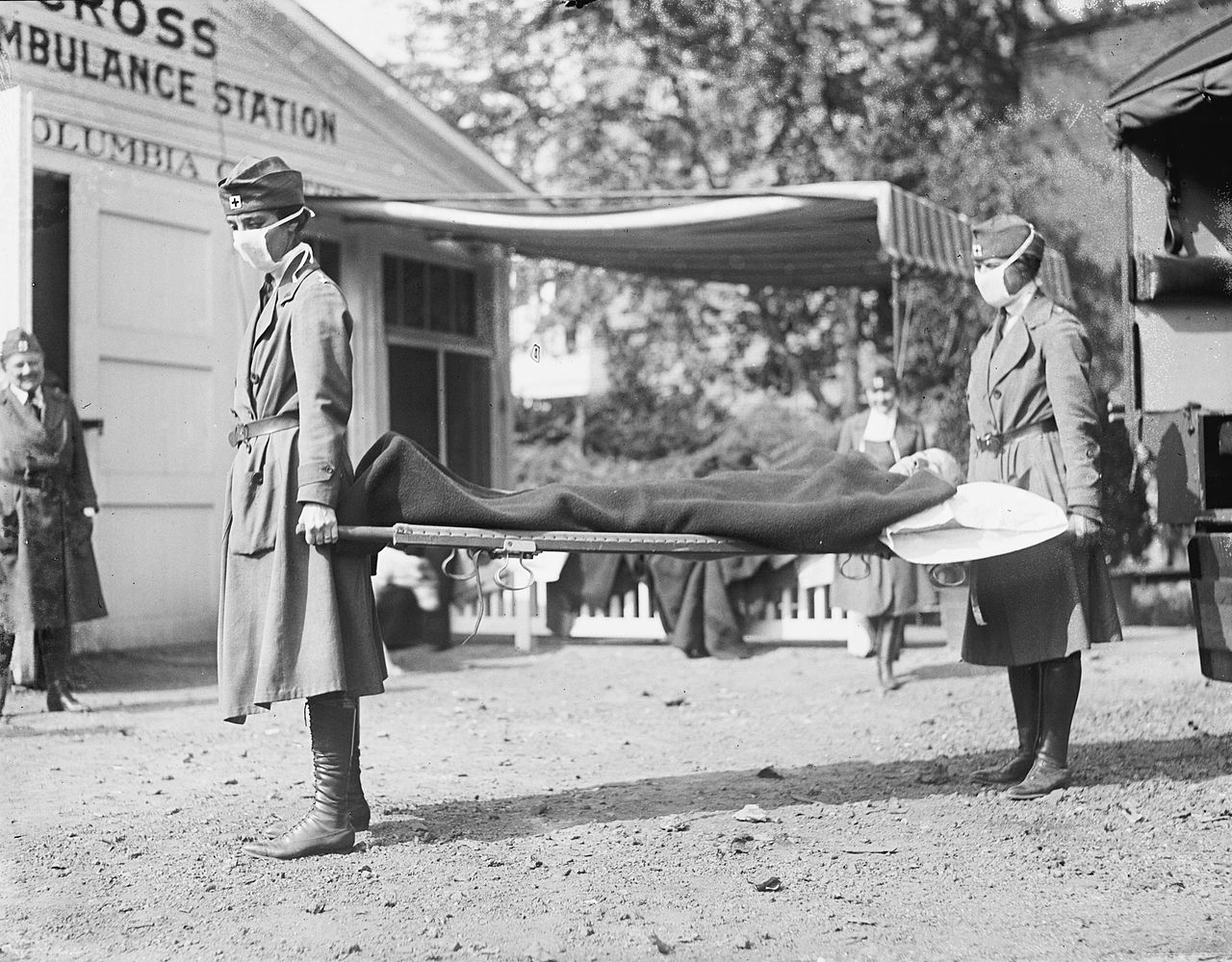
What were the symptoms of the influenza?
Initial symptoms of the illness included a sore head and tiredness, followed by a dry, hacking coughing; a loss of appetite; stomach problems; and then, on the second mean solar day, excessive sweating. Next, the affliction could affect the respiratory organs, and pneumonia could develop. Humphries explains that pneumonia, or other respiratory complications brought almost by the flu, were often the main causes of death. This explains why information technology is hard to decide exact numbers killed by the influenza, every bit the listed cause of decease was often something other than the influenza.
By the summer of 1918, the virus was chop-chop spreading to other countries in mainland Europe. Vienna and Budapest, Hungary, were suffering, and parts of Germany and French republic were similarly afflicted. Many children in Berlin schools were reported ill and absent from school, and absences in ammunition factories reduced product.
By June 25, 1918, the influenza epidemic in Spain had reached Britain. In July, the epidemic was hitting the London textile trade difficult, with one factory having 80 out of 400 workers become home sick in one evening alone, according to "The Spanish Influenza Pandemic of 1918-1919: New Perspectives" (Routledge, 2003). In London, reports on government workers absent-minded due to the influenza range from 25% to 50% of the workforce.
The epidemic had chop-chop become a pandemic, making its way around the globe. In August 1918, 6 Canadian sailors died on the St. Lawrence River. In the same calendar month, cases were reported amidst the Swedish army, so in the country's civilian population and besides among Due south Africa'southward laboring population. By September, the flu had reached the U.South. through Boston harbor.
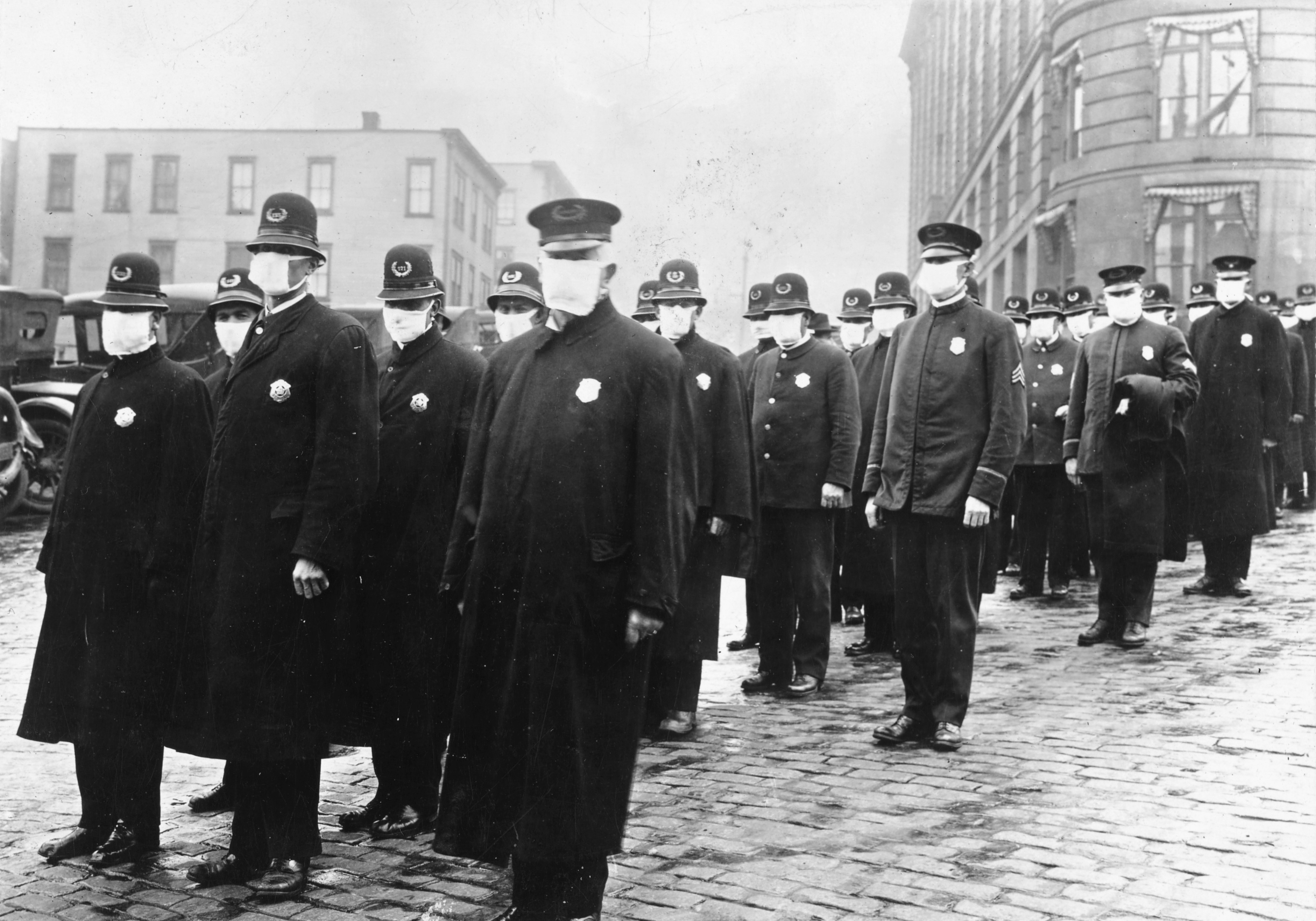
What advice were people given?
Doctors were at a loss as to what to recommend to their patients; many physicians urged people to avoid crowded places or simply other people. Others suggested remedies included eating cinnamon, drinking wine or even drinking Oxo'south meat drink (beef broth). Doctors also told people to keep their mouths and noses covered in public. At one point, the employ of aspirin was blamed for causing the pandemic, when it might actually have helped those infected.
On June 28, 1918, a public notice appeared in the British papers advising people of the symptoms of the flu; nonetheless, information technology turned out this was actually an ad for Formamints, a tablet fabricated and sold past a vitamin company. Even as people were dying, there was money to exist fabricated past advertising false "cures." The advert stated that the mints were the "all-time means of preventing the infective processes" and that anybody, including children, should suck four or v of these tablets a day until they felt ameliorate.
Americans were offered similar advice about how to avert getting infected. They were advised not to shake easily with others, to stay indoors, to avoid touching library books and to vesture masks. Schools and theaters closed, and the New York City Section of Health strictly enforced a Sanitary Lawmaking amendment that fabricated spitting in the streets illegal, according to a review published in the journal Public Wellness Reports.
World War I resulted in a shortage of doctors in some areas, and many of the physicians who were left became ill themselves. Schools and other buildings became makeshift hospitals, and medical students had to take the identify of doctors in some instances.
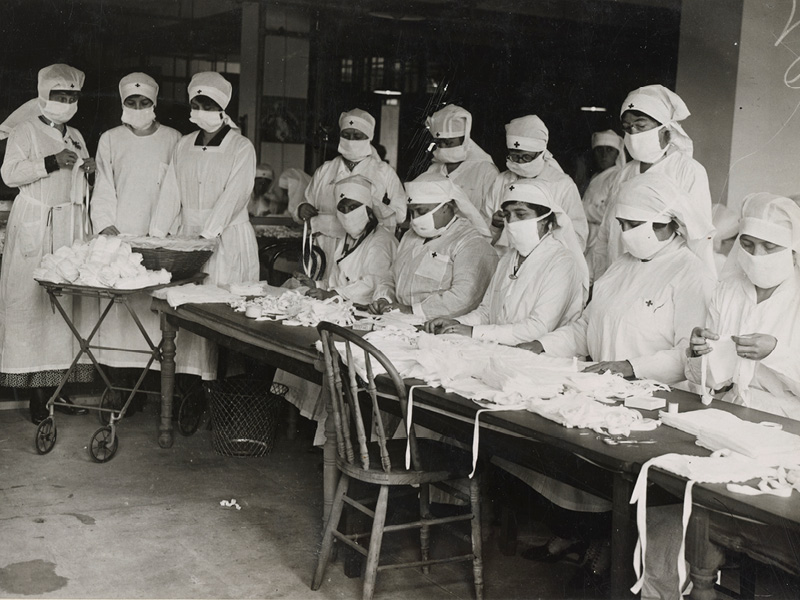
How many people died?
By the spring of 1919, the numbers of deaths from the Spanish flu were decreasing. Countries were left devastated in the wake of the outbreak, every bit medical professionals had been unable to halt the spread of the illness. The pandemic echoed what had happened 500 years earlier, when the Black Death wreaked chaos around the earth.
Nancy Bristow's book "American Pandemic: The Lost Worlds of the 1918 Influenza Epidemic" (Oxford University Press, 2016) explains that the virus affected as many every bit 500 meg people effectually the world. At the time, this represented a tertiary of the global population. As many equally l 1000000 people died from the virus, though the truthful figure is thought to be fifty-fifty higher.
Bristow estimates that the virus infected as much equally 25% of the U.Southward. population, and among members of the U.S. Navy, this number reached up to 40%, perchance due to the conditions of serving at sea. The influenza had killed 200,000 Americans past the end of October 1918, and Bristow claims that the pandemic killed over 675,000 Americans in full. The touch on the population was so severe that in 1918, American life expectancy was reduced past 12 years.
Bodies piled up to such an extent that cemeteries were overwhelmed and families had to dig graves for their relatives. The deaths created a shortage of farmworkers, which afflicted the late summer harvest. Every bit in United kingdom of great britain and northern ireland, a lack of staff and resource put other services, such as waste collection, nether pressure level.
The pandemic spread to Asia, Africa, South America and the S Pacific. In Bharat, the mortality rate reached l deaths per 1,000 people — a shocking figure.
How does this compare to seasonal flu?
The Spanish flu remains the most mortiferous flu pandemic to appointment by a long shot, having killed an estimated 1% to iii% of the world's population.
The most contempo comparable flu pandemic occurred in 2009 to 2010, afterwards a new class of the H1N1 influenza strain appeared. The affliction was named the "swine flu" because the virus that causes information technology is like to i found in pigs (not because the virus came from pigs).
The swine flu caused respiratory illnesses that killed an estimated 151,700-575,400 people worldwide in the first year, according to the Centers for Disease Prevention and Control. That was about 0.001% to 0.007% of the world'south population, so this pandemic was much less impactful than the 1918 Spanish flu pandemic. About lxxx% of the deaths caused by swine flu occurred in people younger than 65, which was unusual. Typically, 70% to 90% of deaths caused by seasonal flu are in people older than 65.
A vaccine for the influenza strain that causes swine flu is at present included in annual flu vaccines. People still die from the influenza every year, but the numbers are far lower, on average, compared to those for the swine flu or Spanish influenza pandemics. Annual epidemics of seasonal flu result in about three million to 5 meg cases of severe disease and nigh 290,000 to 650,000 deaths, according to the World Health Organisation.
Additional resources:
- Notice more data on how the World Wellness System manages epidemics and pandemics.
- Learn what the elevation 10 causes of death are, from the World Health Organization.
- Read more than about flu pandemics and their effects on the U.Southward. population, from the CDC.
This article was adjusted from a previous version published in All About History magazine, a Future Ltd. publication. To learn more about some of history'southward most incredible stories, subscribe to All Well-nigh History magazine.

Source: https://www.livescience.com/spanish-flu.html
0 Response to "Is It Dangerous to Fly With a Month-old Baby Because of the Flu"
Post a Comment